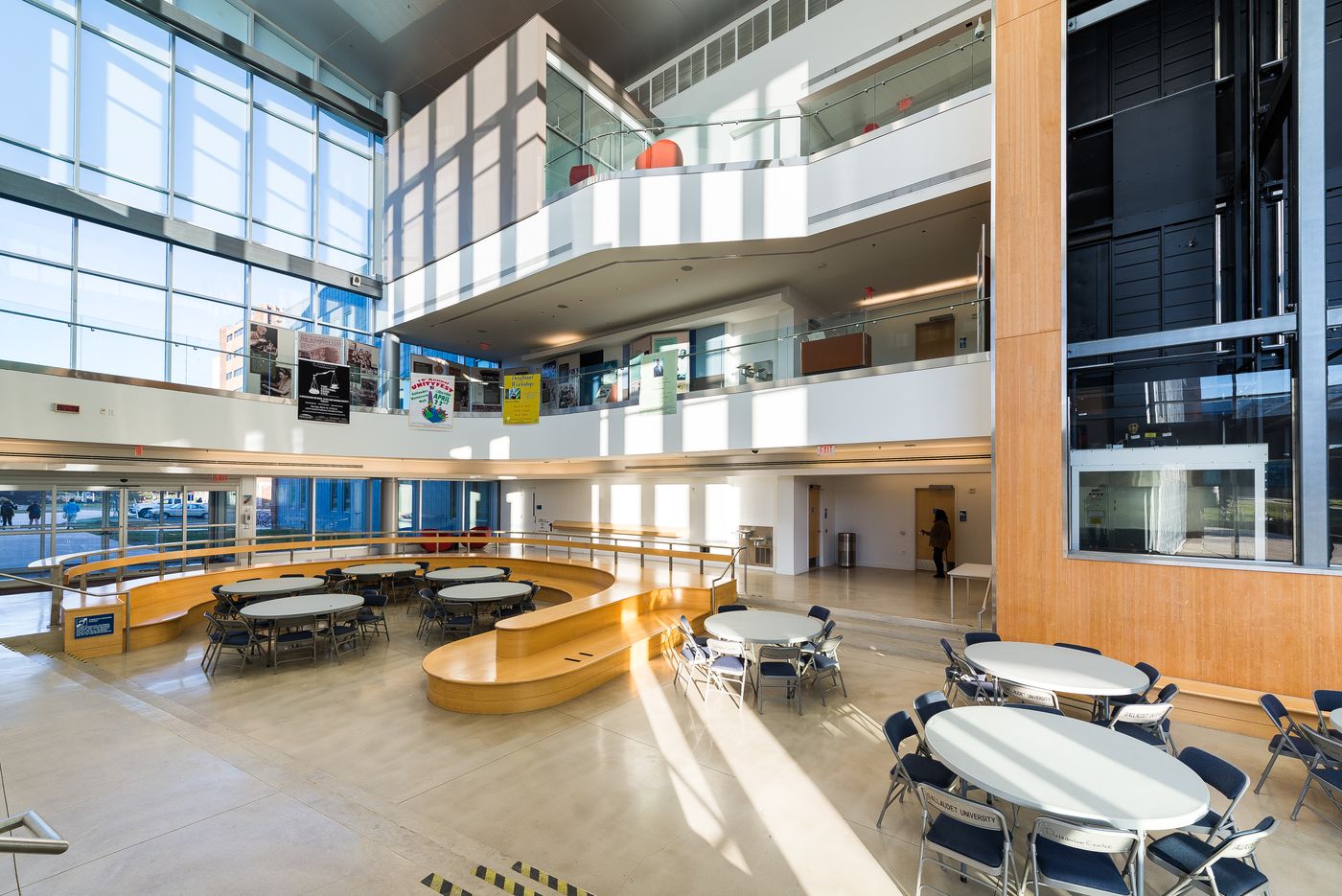In an ever-evolving educational landscape, institutions that prioritize inclusivity and accessibility play a pivotal role in shaping a better future for all. The concept of "university deaf" represents a vital intersection of education and accessibility, where universities empower deaf and hard-of-hearing students to achieve their full potential. By fostering an environment of understanding, support, and innovation, these institutions not only champion equal opportunities but also serve as a beacon of hope for countless individuals worldwide.
For deaf students, the journey through higher education often comes with unique challenges, from communication barriers to a lack of tailored resources. Universities dedicated to serving the deaf community have stepped up to bridge these gaps, offering specialized programs, accessible technologies, and inclusive curricula. These universities are redefining what it means to provide meaningful education, ensuring that every student—regardless of their hearing ability—has access to the tools and opportunities they need to succeed in their academic and professional lives.
As societal attitudes toward inclusivity continue to evolve, the role of universities catering to deaf individuals becomes increasingly significant. By embracing diversity and championing innovative solutions, these institutions are not only transforming the lives of their students but also inspiring change on a global scale. This article delves into the world of "university deaf," exploring their unique offerings, challenges, and contributions to the broader educational ecosystem.
Read also:Jimmie Walkers Net Worth Behind His Financial Success
Table of Contents
- Biography and History of Deaf Universities
- Foundational Principles of Deaf Education
- Key Deaf Universities Around the World
- Curriculum and Programs for Deaf Students
- Technology and Accessibility
- Sign Language in University Settings
- Challenges Faced by Deaf Students
- Support Services and Resources
- Role of Teachers and Interpreters
- Student Life and Community
- Career Opportunities for Deaf Graduates
- Advocacy and Policy Initiatives
- Global Perspectives on Deaf Education
- Future of Deaf Universities
- Frequently Asked Questions
- Conclusion
Biography and History of Deaf Universities
Deaf universities have a storied history that dates back over a century, originating from a need to provide specialized education for individuals with hearing loss. These institutions have played a critical role in advancing educational equity and breaking down societal barriers. Perhaps the most notable among these is Gallaudet University, established in 1864 in Washington, D.C., as the world’s first and only university designed to cater solely to the deaf and hard-of-hearing community.
Historically, deaf education faced significant challenges, with limited access to schooling and widespread misconceptions about the capabilities of deaf individuals. Institutions like Gallaudet University and the National Technical Institute for the Deaf (NTID) emerged as groundbreaking pioneers, demonstrating that deaf students could achieve excellence in academia and beyond. Over time, these universities have expanded their offerings, incorporating cutting-edge technologies, diverse curricula, and global partnerships to create an inclusive and empowering environment.
| University/Institution | Year Founded | Location | Specialization |
|---|---|---|---|
| Gallaudet University | 1864 | Washington, D.C., USA | Comprehensive Deaf Education |
| National Technical Institute for the Deaf (NTID) | 1965 | Rochester, New York, USA | Technical and Vocational Training |
| Deaf Studies Trust | 1975 | Bristol, UK | Deaf Studies and Research |
These institutions have not only changed the landscape of higher education but also influenced cultural perceptions of the deaf community, proving that education can be a powerful tool for social transformation.
Foundational Principles of Deaf Education
The success of deaf universities lies in their commitment to foundational principles that prioritize accessibility, inclusivity, and empowerment. From creating curricula tailored to the unique needs of deaf students to fostering a sense of community and belonging, these principles serve as the backbone of their educational model. At the heart of these efforts is the belief that every student, regardless of their hearing ability, deserves an equal opportunity to learn and succeed.
Frequently Asked Questions
- What is a deaf university?
A deaf university is a higher education institution specifically designed to cater to the needs of deaf and hard-of-hearing students, offering specialized resources, programs, and support services. - How do deaf universities differ from traditional universities?
Deaf universities provide accessible learning environments with sign language interpreters, note-taking services, and technologies tailored to deaf students’ unique needs. - Are deaf universities open to hearing students?
Yes, many deaf universities welcome hearing students, especially those interested in deaf culture, sign language, or related fields. - What career paths are available to graduates of deaf universities?
Graduates can pursue careers in various fields, including education, technology, healthcare, arts, and advocacy. - How can I support deaf universities?
You can support deaf universities by advocating for inclusivity, donating to their programs, or volunteering in initiatives that promote deaf education. - Is sign language required to attend a deaf university?
While sign language proficiency is beneficial, many universities offer resources and courses to help students learn it during their studies.
Conclusion
The impact of deaf universities extends far beyond their campuses. By championing the values of inclusivity, accessibility, and innovation, these institutions are transforming the educational landscape and inspiring a more equitable world. As society continues to evolve, the role of deaf universities in fostering understanding and breaking down barriers will remain indispensable.

